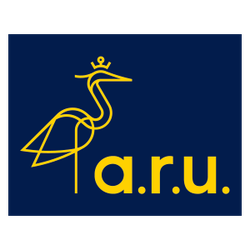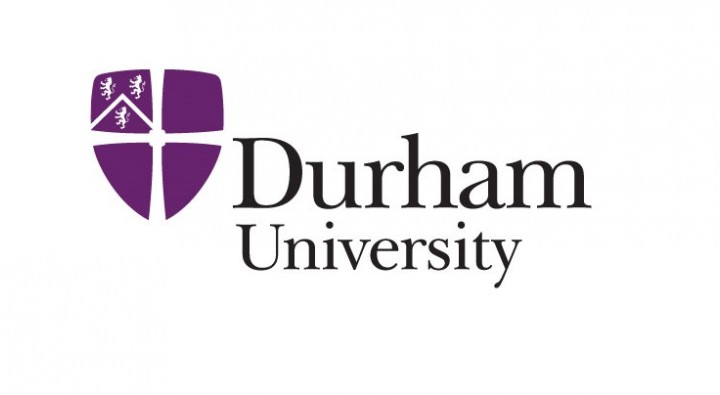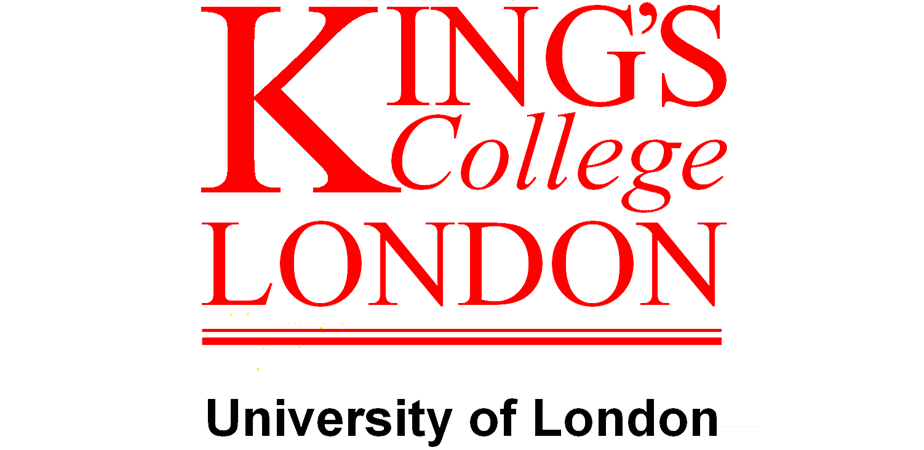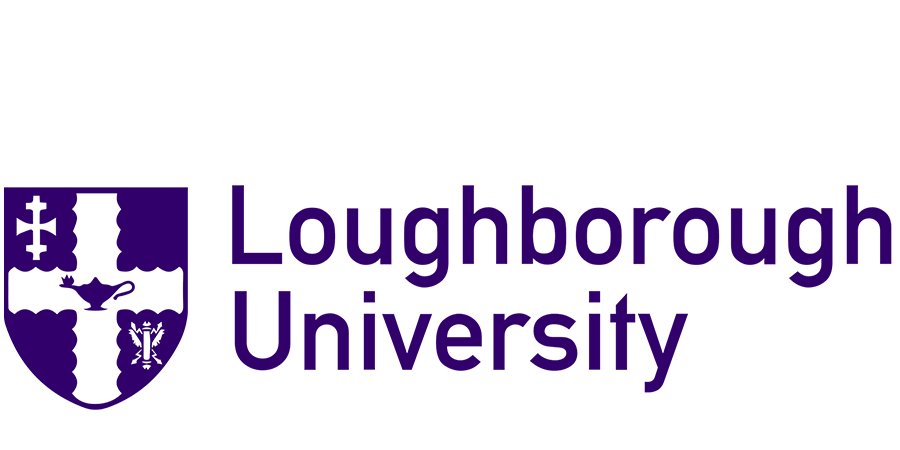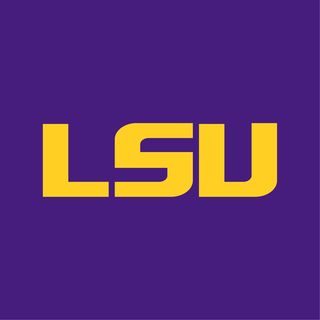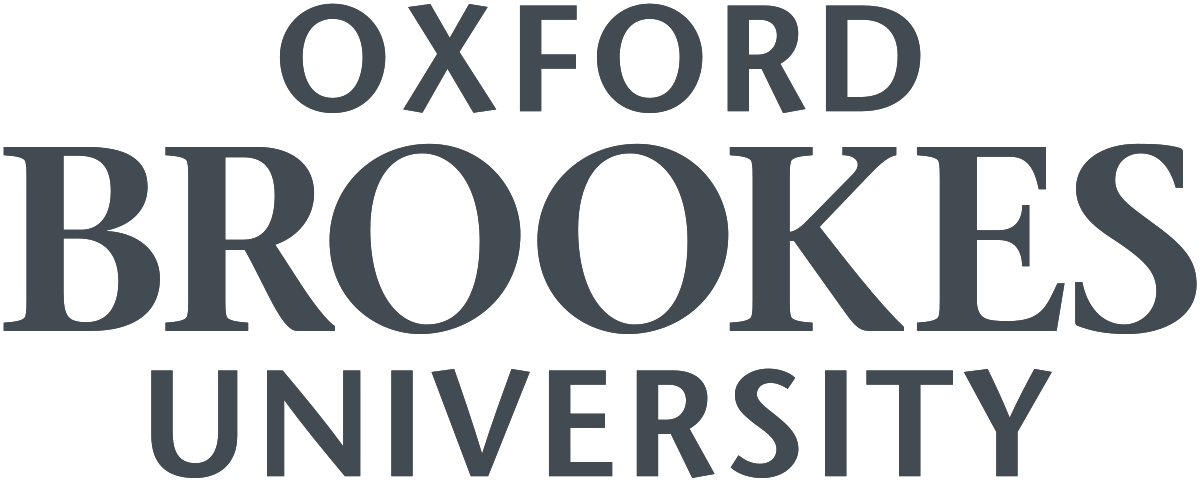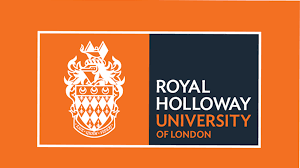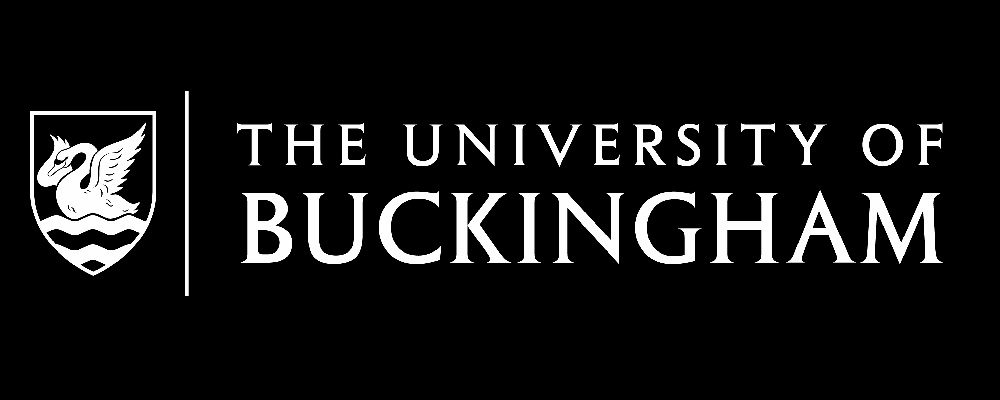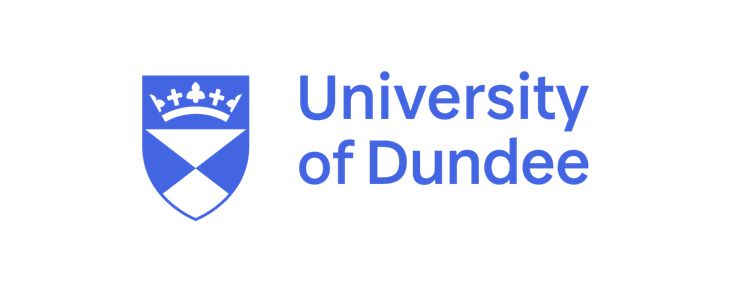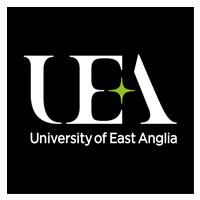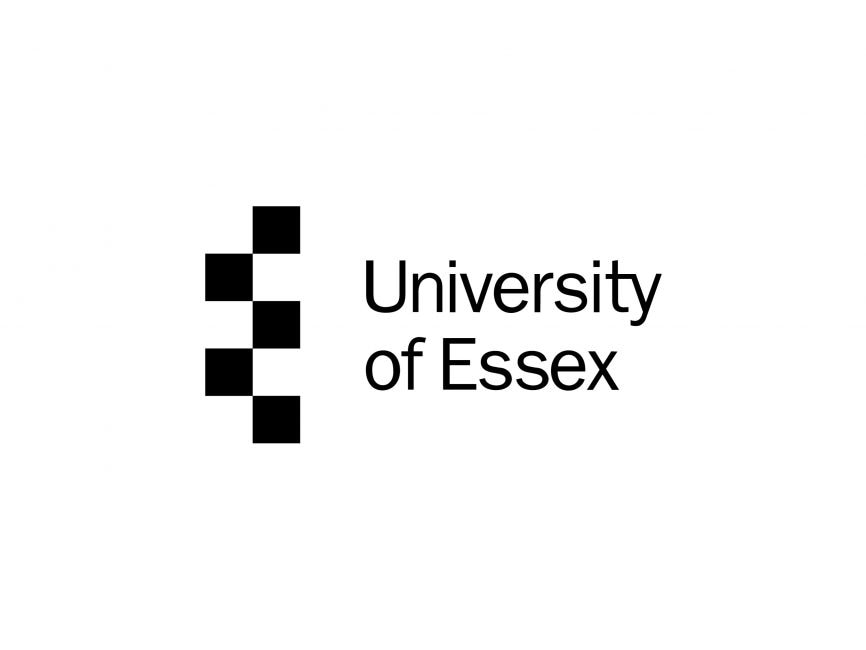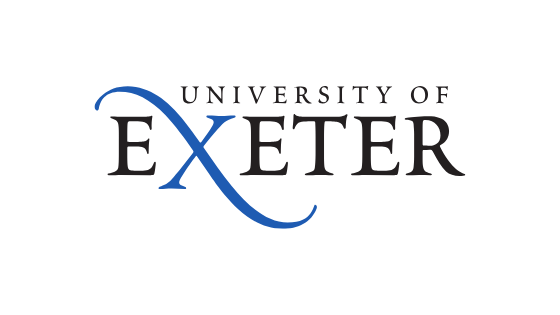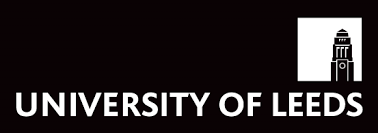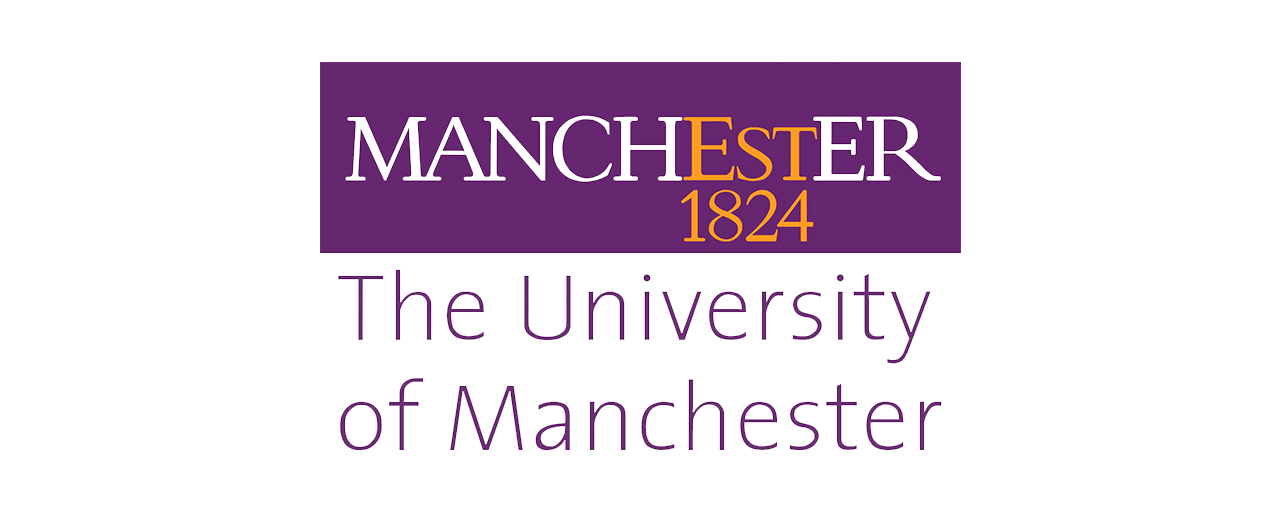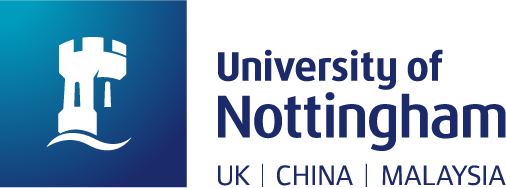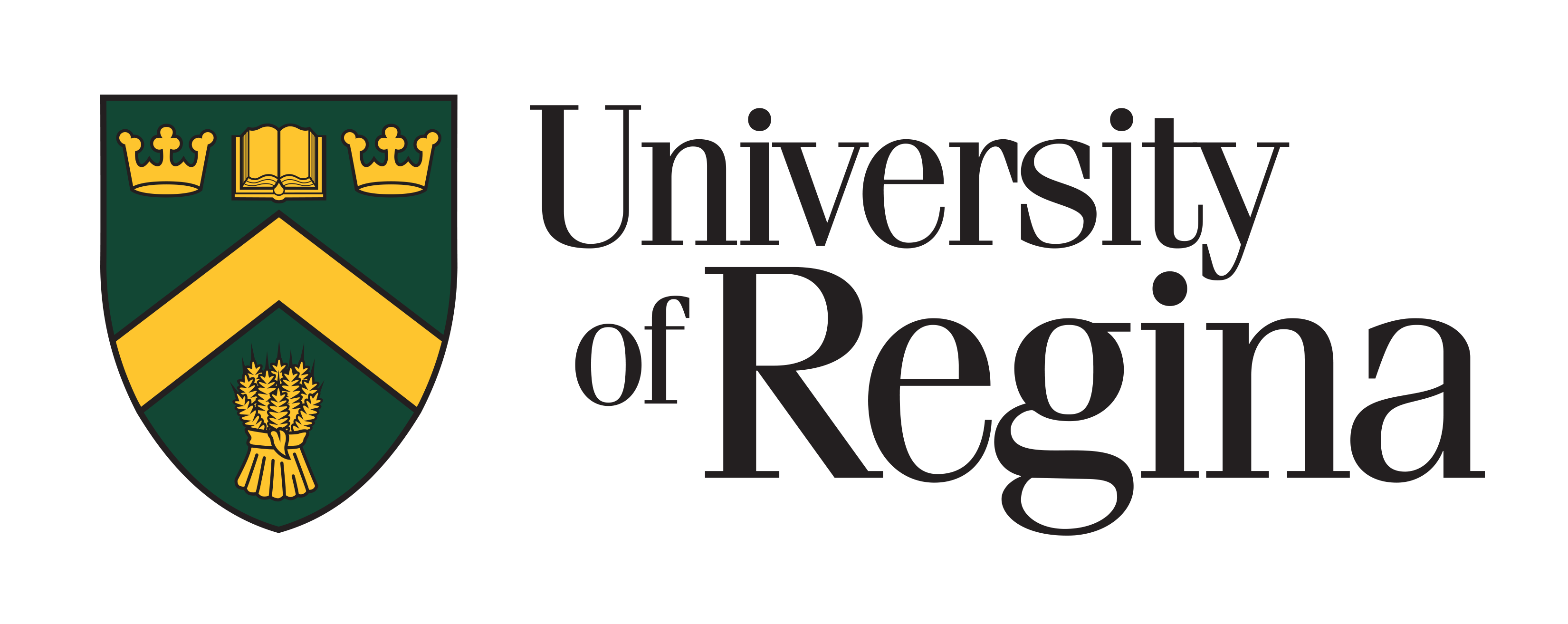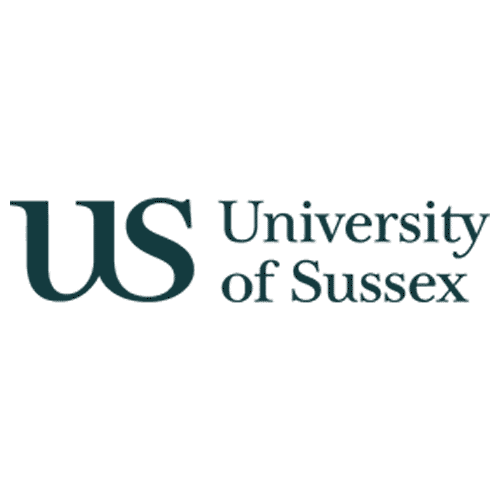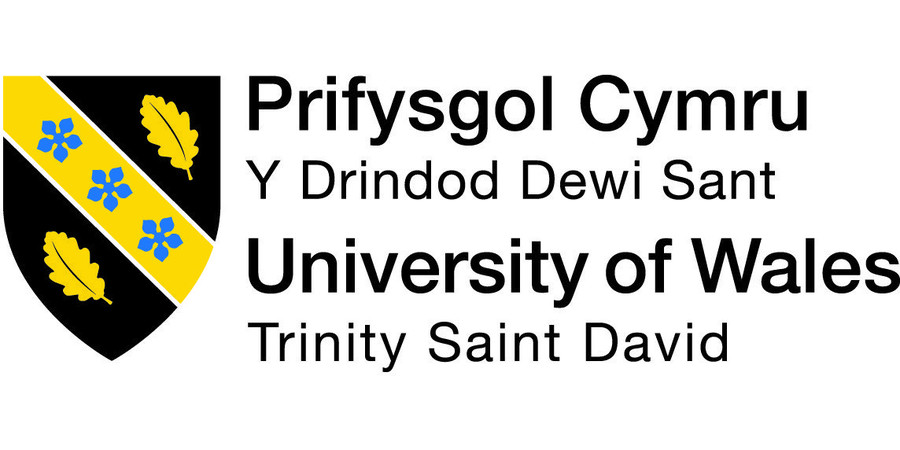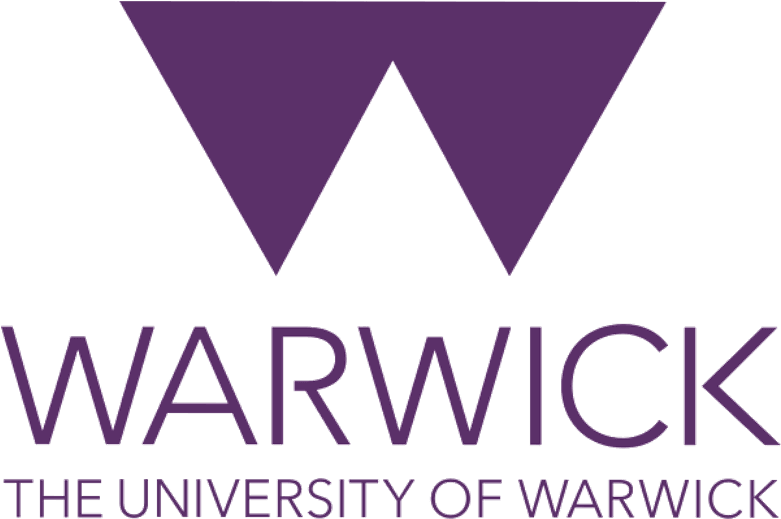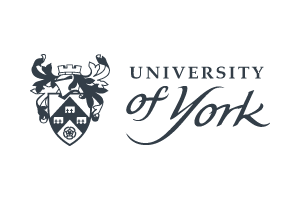Liberal Arts: Broaden Your Horizons Abroad
Embarking on a study abroad journey is a transformative experience, and choosing the right course of study is paramount. For Indian students looking to cultivate critical thinking, diverse perspectives, and highly adaptable skills, a Liberal Arts program offers an unparalleled educational foundation. This comprehensive guide will explore why Liberal Arts abroad is an excellent choice, what you can expect from such a program, and how it prepares you for a dynamic global future.
What is Liberal Arts?
The term "Liberal Arts" often conjures images of ancient academies, but its modern interpretation is incredibly relevant. At its core, Liberal Arts education is designed to provide students with a broad general education in the humanities, social sciences, natural sciences, and arts. It emphasizes intellectual inquiry, analytical reasoning, effective communication, and problem-solving across various disciplines.
Key Characteristics of a Liberal Arts Education:
- Interdisciplinary Approach: You won't be confined to a single subject. Liberal Arts encourages you to connect ideas and knowledge from different fields.
- Critical Thinking: Develop the ability to analyze information, evaluate arguments, and form well-reasoned conclusions.
- Communication Skills: Master written and oral communication, essential for academic and professional success.
- Problem-Solving: Learn to approach complex issues from multiple angles and devise innovative solutions.
- Global Perspective: Gain an understanding of diverse cultures, histories, and societal structures.
- Personal Growth: Foster self-awareness, ethical reasoning, and a lifelong love for learning.
Why Study Liberal Arts Abroad?
Studying Liberal Arts abroad amplifies all these benefits, offering unique advantages specifically for Indian students seeking international exposure.
Enhanced Global Perspective:
Immersing yourself in a new country and culture naturally broadens your worldview. Studying subjects like history, political science, or sociology in a different context provides fresh insights and challenges preconceived notions. You'll engage with international peers and faculty, enriching your understanding of global issues.
Develop Cross-Cultural Competency:
Living and studying abroad forces you to adapt to new environments, communication styles, and social norms. This hands-on experience in cross-cultural interaction is invaluable in today's interconnected world, making you a more adaptable and culturally sensitive individual.

